There are a boatload of awesome Google tools that we use every day. And they’re free, too, which tends to be a big winner for teachers and students. Free is probably the number one reason for giving Google’s tools a try – you haven’t lost anything but a bit of time if you decide you …
|
|
Scooped by Beth Dichter |
Google provides so many tools it is hard to keep track of all of them. This post provides information on 7 tools that may find a place in your classroom.
Would you like to provide audio feedback to your students, or have peers provide audio feedback? If you are using Google Drive this is possible.
Do you have a student that needs a clean and clear space to write, with no distractions? If Chrome is available as a browser consider installing the app Write Space, a "minimalist text editor."
If students are working in Google Drive and are researching a paper they may have found the Research Tool that allows you to quickly search the web for specific information, make suggestions and more.
Google Forms continues to add features, including the ability to create surveys. Have your students design a survey and graph their data, or use it the survey tool to do a quick formative assessment as an exit ticket.
Learn more about Moderator, Image Directory, and Google Templates (that's right, Google has templates designed for students and teachers) in the post. Chances are you will find at least one or two tools to use for yourself or with your students (or both)!



 Your new post is loading...
Your new post is loading...


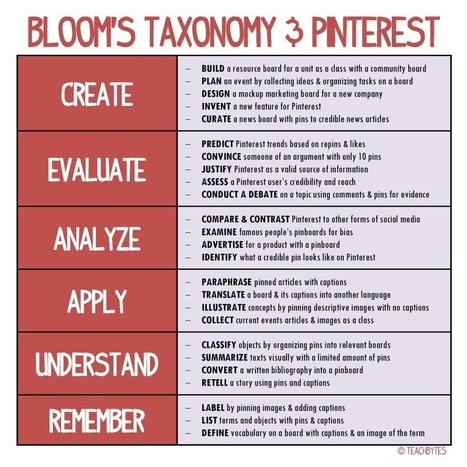



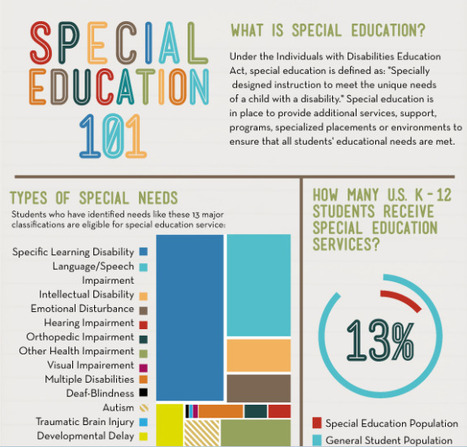



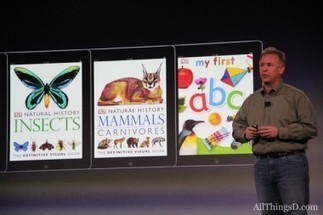
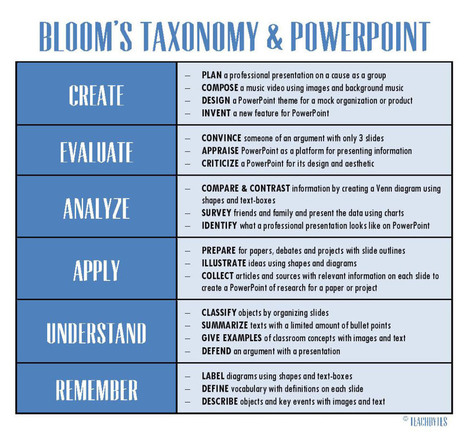



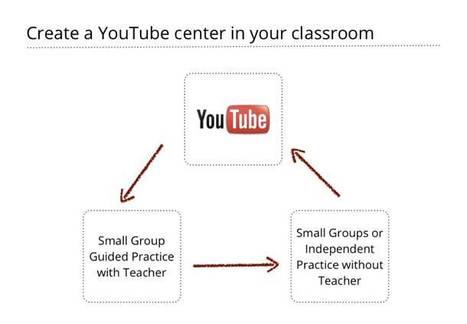
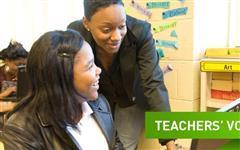





More from Google. Maybe useful, but all-knowing.
Discover delightful Google tools
I love my Google tools! What do you use them for?